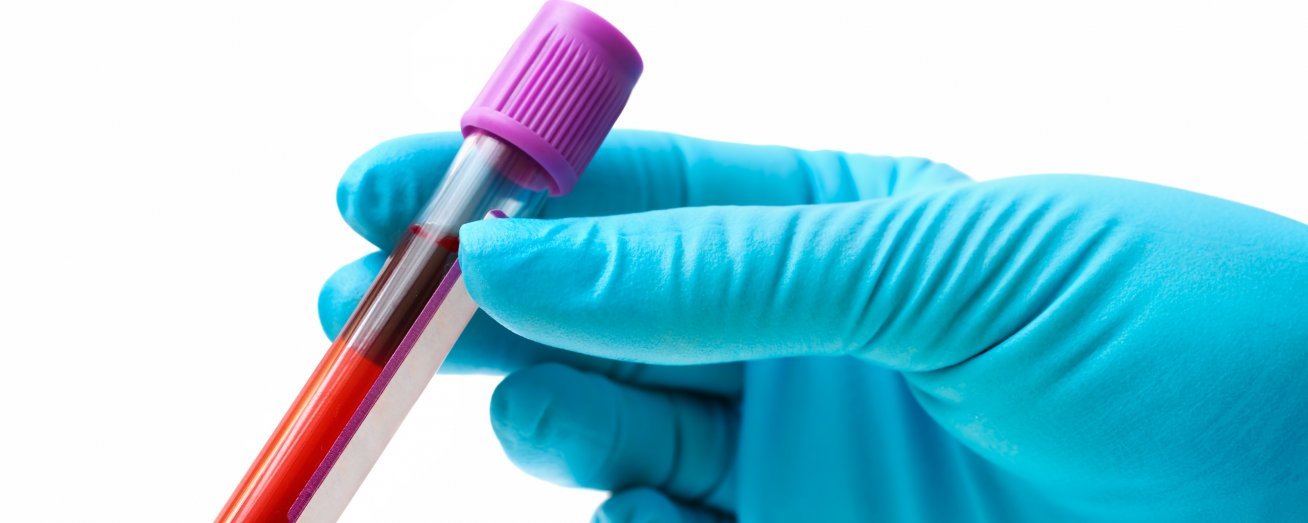Currently, most patients with suspected coeliac disease (CD) are screened using serological markers. However, these markers are not 100% specific for detecting coeliac lesions and positive coeliac serology is confirmed using a duodenal biopsy. However, variability in the interpretation of histological samples also exists and therefore the identification of a non-invasive approach to CD diagnosis is of interest, especially given the adoption of such an approach in the European Society for the study of Paediatric Gastroenterology, Hepatology & Nutrition (ESPGHAN) guidelines for paediatric patients. A recent update to the guidelines has removed the need for HLA testing and the presence of symptoms in the diagnostic pathway, underlining the specificity of a serology-based approach for the diagnosis of paediatric CD. Studies have suggested using tTG levels of ≥10 X ULN could be predictive of CD in adults & this approach has been adopted into national guidance in Finland. The aim of this study was to assess whether a tTG level of ≥10 X ULN could be sufficient for detecting mucosal abnormalities associated with CD and to determine the diagnostic yield of this approach across different adult cohorts.
This study compromised three adult cohorts. Cohort 1 (n=740) comprised a prospective analysis of consecutive adult patients assessed in the specialist CD clinic at the Royal Hallamshire Hospital (RHH), UK from 2008-2019 who had a serum IgA tTG test & duodenal biopsy within 6 weeks of each other, no previous CD diagnosis & naivety to a gluten-free diet (GFD) & IgA competency. This group was considered as having high clinical suspicion for CD. Cohort 2 (n=532) compromised a retrospective analysis of a prospectively recruited cohort referred for upper GI endoscopy at RHH, UK due to GI complaints as well as general referrals. This cohort was considered as having a low clinical suspicion for CD. Cohort 3 (n=145) compromised a retrospective analysis of adult patients with raised tTG titres from multiple sites involving 8 countries.
The prevalence of CD in cohort 1 was 93% (690/740 patients). Altogether, 51% (380/740) had tTG titres of ≥10 X ULN and 98.7% (375/380) had Marsh 3 lesions. Based on this, the positive predictive value (PPV) of tTG values of ≥10 X ULN at predicting mucosal abnormalities with villous atrophy was 98.7%. Within this cohort, two tTG assays were used to test tTG titres and the differences were evaluated. Analysis showed that the differences in the predictive value of the tests, applying a 10 X ULN cut off were 98.1% for Marsh 3 lesions in cohort 1A but 100% in cohort 1B.
Following exclusion criteria being applied, 532 patients were included in cohort 2. The prevalence of CD was 3.2%. Altogether, 1.7% (9/532) had tTG titres of ≥10 X ULN. All 9 patients were also EMA positive. Of the 532 cohort 2 patients, 523 had tTG titres < 10 X ULN; of those 1.7% had Marsh 3 lesions; 6.3% had Marsh 1-2 lesions and 92% had Marsh ) lesions. Therefore, the PPV of tTG values of ≥10 X ULN at predicting individuals with Marsh 3 was 100%.
The prevalence of CD in cohort 3 was 92% (133/145 patients). Of the 145 patients, 29% had tTG titres ≥10 X ULN, of which 95.2% had Marsh 3 lesions. 103 of the 145 patients (71%) had tTG titres < 10 X ULN; of those 90.3% patients had Marsh 3 lesions; 5.8% had Marsh 1-2 lesions and 3.9% had Marsh 0 lesions. Based on this data, the predictive value of using a 10 X ULN threshold level at detecting patients with Marsh 3 lesions was 95.2%.
In total, 1417 patients were included in this study. 30% of patients had tTG titres of ≥10 X ULN, of which 98% had Marsh 3 lesions on duodenal biopsy and so met the characteristic mucosal changes that are required for the diagnosis of CD. This is therefore supportive of a no-biopsy approach for the diagnosis of CD in adults.
The results of this study indicate that tTG titres of ≥10 X ULN are equally good at predicting Marsh 3 lesions in the setting of both low and high disease pretest probability/prevalence and can be used as part of a no-biopsy diagnostic pathway. However, the authors still advocate that diagnosis of CD is made in secondary rather than primary care and the results are not applicable to screening the general population for a diagnosis of CD. A key issue of implementing this pathway is the variability and lack of standardisation between tTG assays which increases the chance of misdiagnosis if using a uniform threshold.
The applicability of no-biopsy approach for the diagnosis of CD in adults is not as straightforward as in children, due to the need for a biopsy to be performed still in some cases such as the presence of red-flag symptoms. However, the data from this study shows that anti-tTG titres ≥10 X ULN perform well as identifying adults with histological changes associated with CD and are supportive of a no-biopsy strategy in adult gastroenterology. This approach has both patient and health economic associated benefits and validation, at a local level, of assay-specific thresholds would achieve the greatest impact.
Penny HA, et al. Gut 2020;0:1–8. doi:10.1136/gutjnl-2020-320913 1
